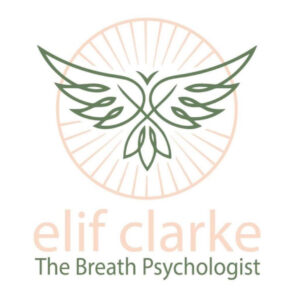As a psychologist working for the NHS my main speciality is to help clients who suffers from Post-traumatic Stress Disorder (PTSD) which is an anxiety disorder caused by very stressful, frightening or distressing events, such as war, sexual abuse, severe neglect, being held hostage, natural disasters, witnessing violent deaths.
During these traumatic events, the body’s natural mechanism to danger kicks in by the release of adrenalin triggering a series of physical changes in our body aimed at generating energy to enable us to survive through fleeing or fighting danger.
The main symptoms experienced include flashbacks (traumatic re-living of the event, including images, sound, emotions and physical sensations) and nightmares. These symptoms in turn can result in severe anxiety and/or angry reactions or avoidance of any triggers that may remind us of the incident in some way.
Symptoms of (PTSD) develop if the body is subject to ongoing and constant high levels of arousal combined with the avoidance of trauma triggers long after the trauma event occurrence. We do our best to avoid triggers of trauma. Under these circumstances Therefore, the PTSD event remains un-processed. Psychotherapists and psychologists are accustomed to working with conversation, with talking, with insights and discussion to address this situation.
Most of the existing therapies, such as Cognitive Behavioural therapy, narrative exposure therapy, and cognitive restructuring therapies focus on the cognitive aspect of the trauma, ignoring the instincts and body’s response to the trauma.
Transformational Breath® differs from existing therapies in that it looks directly at how the body and breath process and sustain psychological issues.
What is transformational breath? It is a unique therapy tool which includes sound, movement, acupressure and affirmations to address and process trauma memories and bodily sensations which were stored in the body at the time of the trauma.
As we know PTSD develops because of our avoidance of trauma reminders. So, what happens to those emotions and memories which were not processed?
Transformational Breath® suggests that we push them into our subconscious by holding our breath during the trauma. While holding the breath may ease the intensity of our feelings in the moment, it does not make them go away.
Apart from subconscious, they are stored in the whole respiratory system as tension and pain causing restricted breath pattern.
Therefore, rather than breathing from both the abdomen and chest, the results is that we breath with just chest or abdomen with little physical movement. Therefore our continued shallow and restricted breathing patterns become habitual creating chronic tension and distress within our bodies.
During Transformational Breath®, a non-pause between exhale and inhale breath assists those trauma memories and feelings stored at a mental and emotional level to be integrated and processed.
One of the key therapeutic tools of Transformational Breath® is movement and sound which are used to help the breath to open and flow enabling the patient to process surfaced painful emotions. This approach is similar to Peter Levine’s somatic experiencing therapy, which is a body-awareness approach to trauma. He was inspired to study stress on the animal nervous system, when he realised that animals are constantly under threat of death, yet show no symptoms of trauma.
Peter Levine discovered that trauma is initiated when there is a threat to survival and the outcome is that the body freezes. When fight and flight are not options, we freeze and immobilise, like ‘playing dead’. This makes them less of a target.
However, this reaction is time-sensitive.In other words, it needs to run its course, and the massive energy that was prepared for fight or flight gets discharged, through shaking and trembling. If the immobility phase doesn’t complete successfully, then that charge remains trapped, and from the body’s perspective it is still under threat.
So, in Transformational Breath®, the kicking and pounding with movement help the person to process and integrate the trauma memories and emotions. Therefore, Transformational Breath® may also encourage the person to relive the trauma within a safe and secure therapeutic relationship.
Once the physical arousal is reduced, the person becomes able to process traumatic memories, and they will no longer feel that they are under constant imminent danger.


Recent Comments